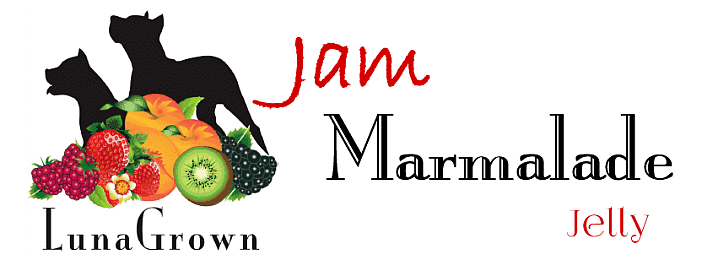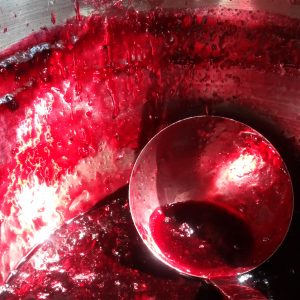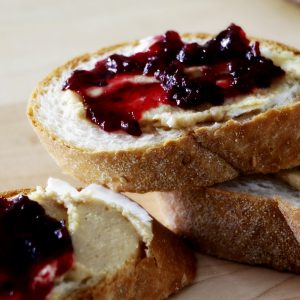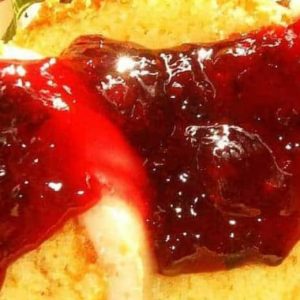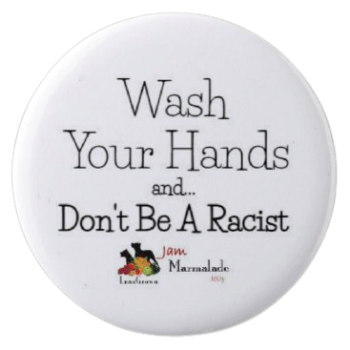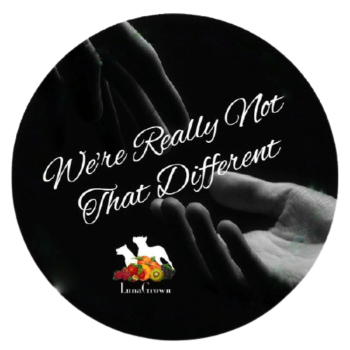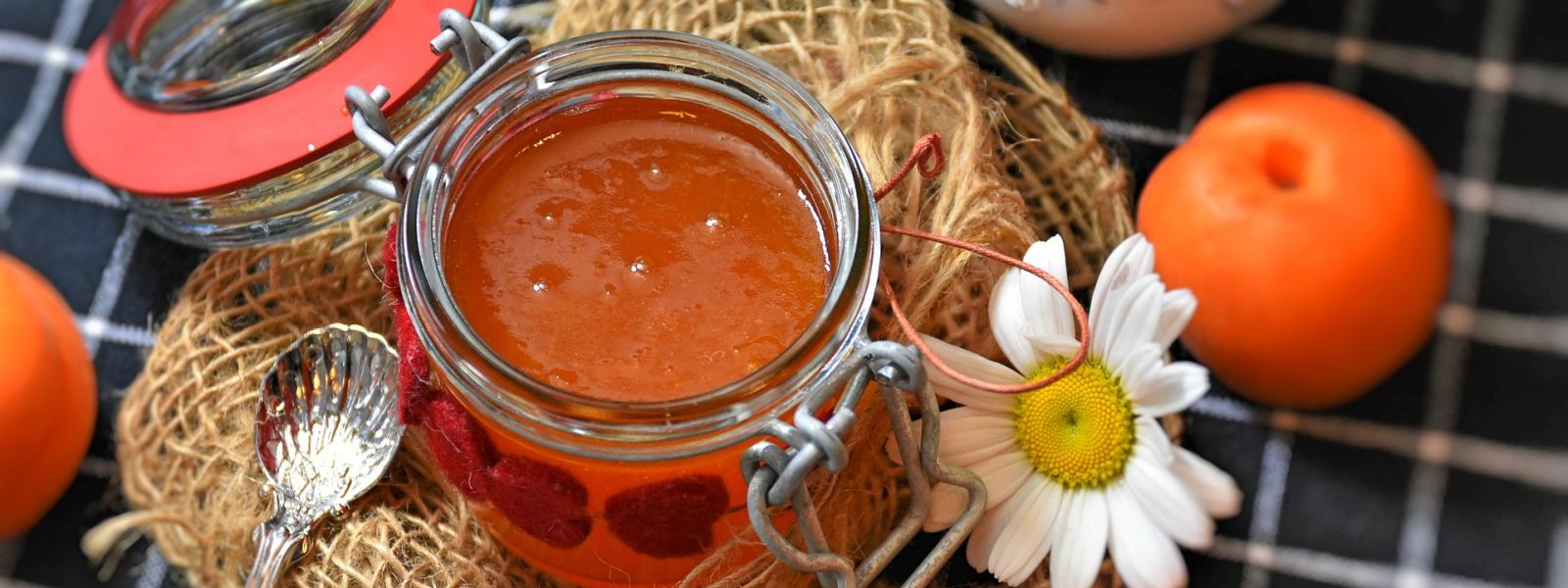
Jam, Jelly, Preserves, What’s the Difference
Jam, jelly, preserves and conserves; fruit spreads and butters and Marmalades, oh my! These are just some of the terms associated with preserved fruit products. It’s a real wonder that something as simple as preserved fruit could be so complicated.
According to convention and common knowledge…
Jelly: Just the juice, nothing but the juice. And sugar. No seeds, whole berries or chunks of fruit. Clear and well-jelled.
Jam: Crushed, puréed or chopped fruit cooked down with sugar. A soft, chunk-free pulp.
Preserve: Chopped or whole fruit cooked with sugar until a syrupy base able to suspend the fruit chunks develops.
Conserve: A preserve made with more than one fruit, often including raisins and nuts. Sometimes a conserve refers to a more thickly-stewed preserve.
Fruit Spread: A recent addition to the jam aisle, fruit spreads began as reduced-calorie products made with alternative sweeteners and fruit juice concentrates.
Fruit Butter: Fruit purées slowly cooked down with sugar, lemon juices and spices to a smooth, soft consistency.
Marmalade: A soft, typically citrus-based jelly. The sweet jelly balances the bitterness of the citrus peels, which are included along with the fruit pulp.
According to the FDA…
In the United States, some jam and jelly related terms are regulated and some are not.
Regulated products and product names include Jam, Preserve, Jelly and Fruit Butter:
This means that products with these names have to conform to certain specifications and recipes. For instance, a product called “Jelly” must contain at least 65 percent water soluble solids (sugar) and must be made with fruit juices or concentrates. “Preserves” and “Jams” (interchangeable FDA terms), must contain at least 65 percent sugar and 45 percent fruit. If a product does not meet these requirements, it must be called by another name. For example, some Fruit Spreads are only 44 percent sugar, so the cannot be labeled “Jams” or “Preserves.”
A Matter of Sugar: One of the defining specifications for jams and related products is the total sugar content. This includes the sugar present in the fruit and the sugar added through cane sugar or concentrates and syrups. This is often referred to as “soluble solids” or “Brix.” For example, if 10 grams of sugar are added to 90 grams of water, the resulting 100 grams of sugar solution are said to have a Brix of 10 or a soluble solids content of 10% (i.e. 10% sugar by weight). Similarly, a fruit preserve should have a Brix measurement of 65 (or 65% sugar by weight = 65 grams of sugar in 100 grams of preserve).
More on sugar:
CANE SUGAR vs. GRAPE JUICE CONCENTRATE
Organic cane sugar is obtained from the juice of a sugar cane plant. The sugarcane is harvested and once the plant juice is pressed out of the stalks and heated to a boil, the resulting syrup is then processed into granular sugar. Granulated organic cane sugar contains about 99.6 percent sugar. Similarly, grape juice concentrate is made from the juice of white grapes which have been pressed. Once the pressed juice is boiled to evaporate the remaining water, the resulting syrup contains 68 -70 percent sugars.
SUCROSE, FRUCTOSE, GLUCOSE
Organic cane sugar consists primarily of sucrose. Sucrose, in turn is made of one half glucose and one half fructose – two molecules stuck together. When cane sugar is heated during the process of making a conserve, almost all of the sucrose splits apart into single molecules of fructose and glucose. White grape concentrate consists mainly of a mixture of fructose and glucose, and this does not change during the cooking process. Ultimately, this means that the 44 percent soluble solids content in both conserves and spreads is made of virtually the same amount and kinds of sugars!
- Understanding Differences: Jam, Jelly, Marmalade, and Preserves - April 14, 2025
- Journey Into Nostalgia: The Genesis of LunaGrown - March 27, 2024
- Discover the Delightful Charm of LunaGrown Jam Today! - March 10, 2024
